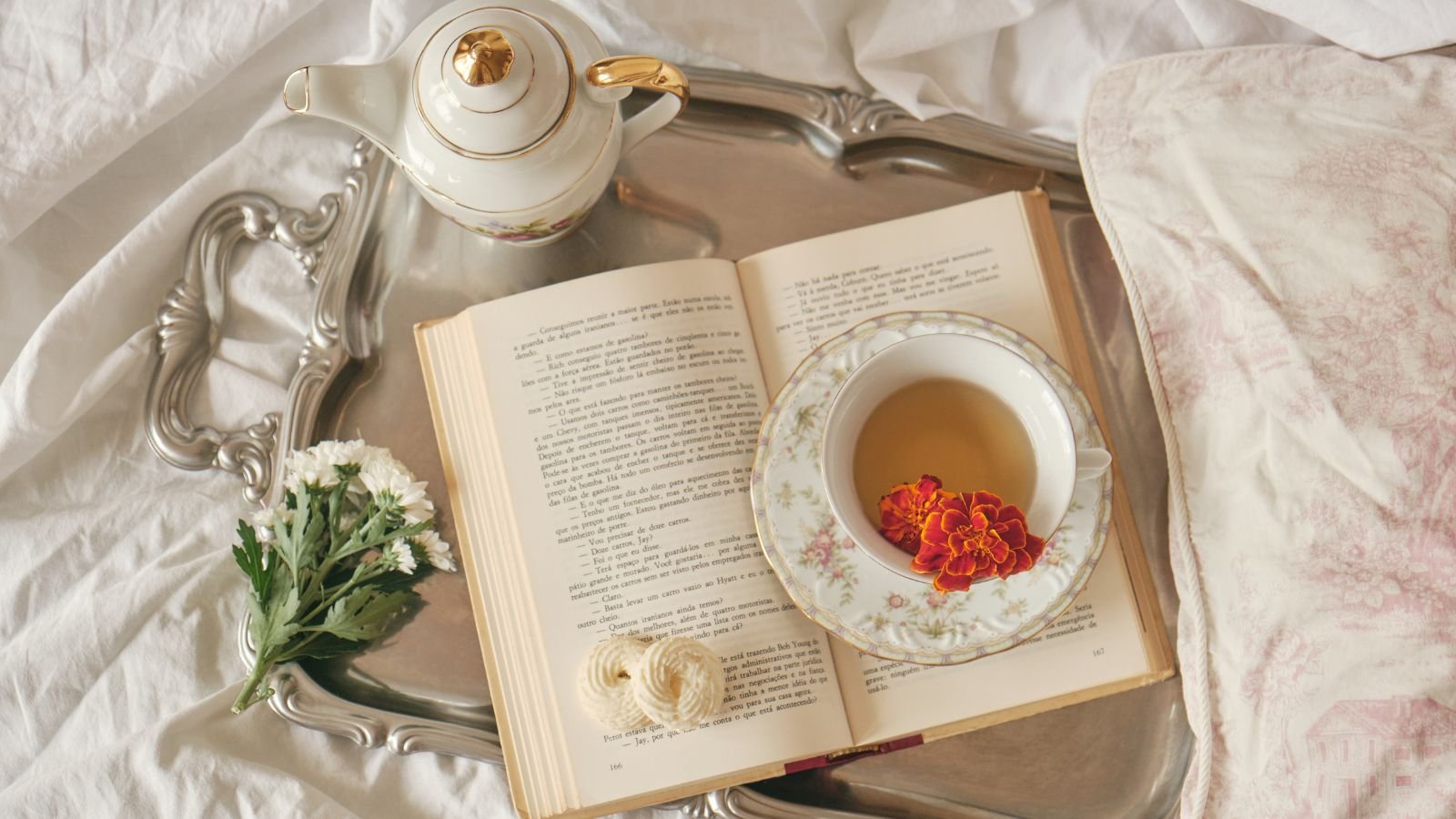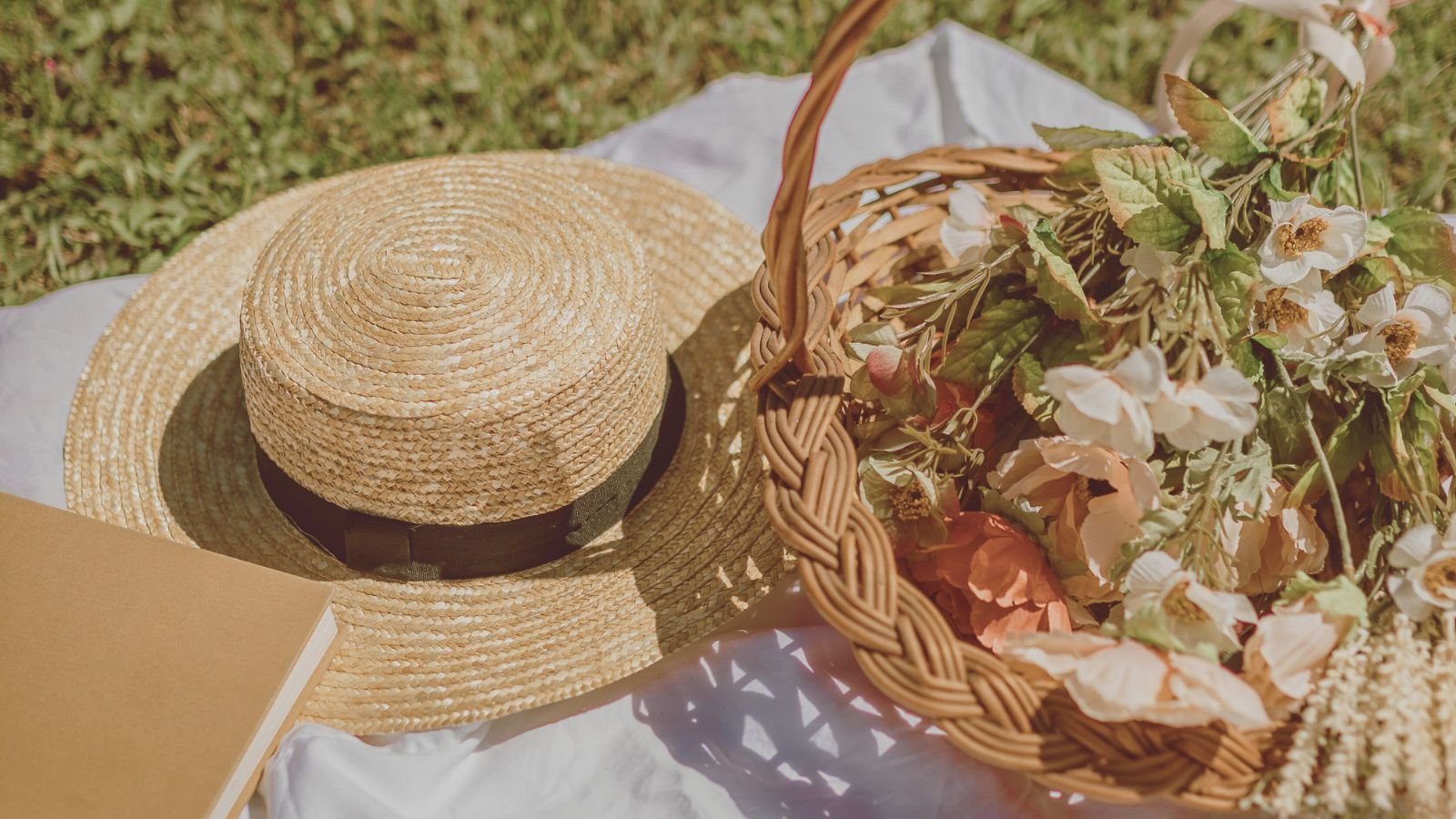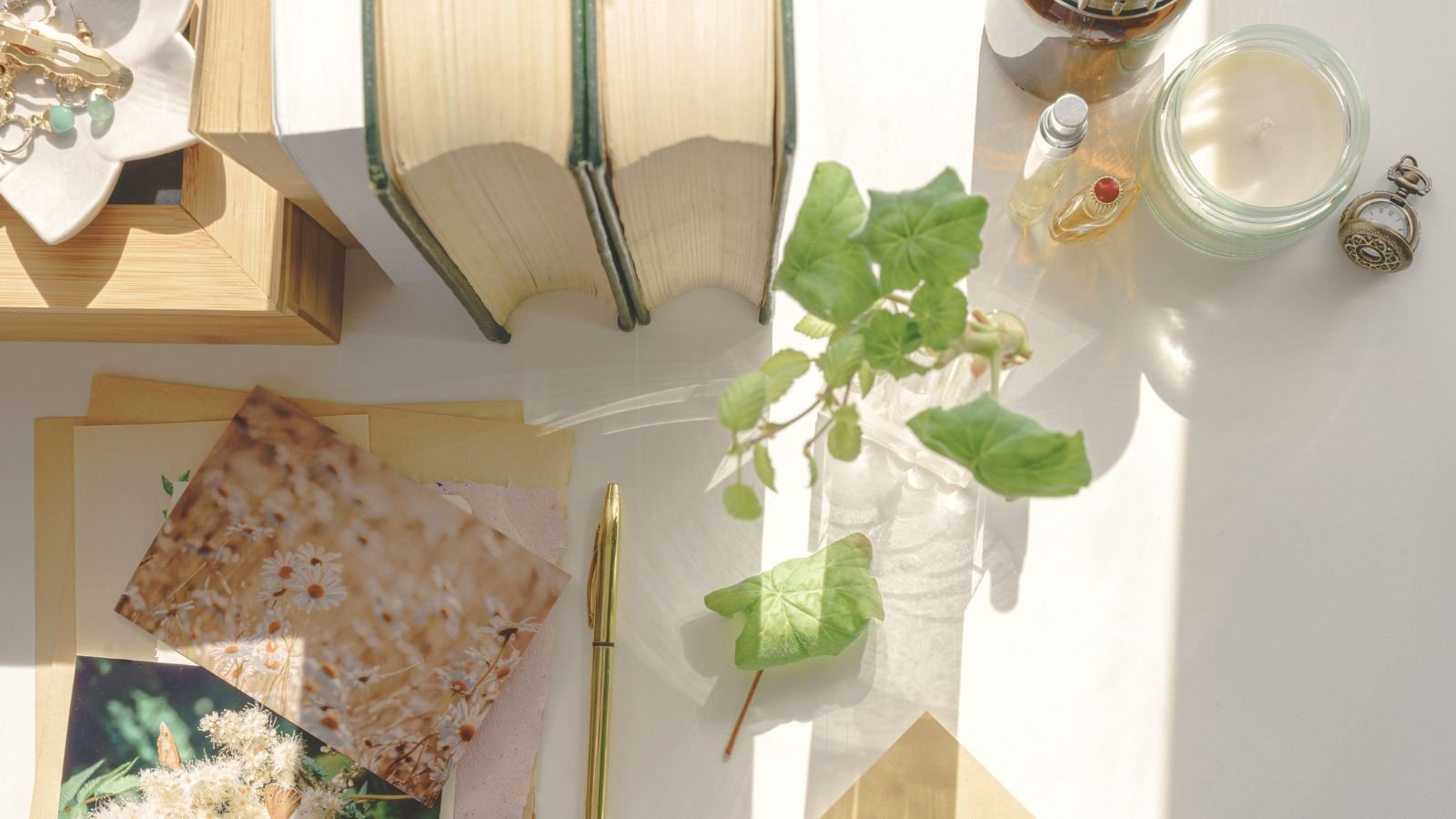How to Grow Herbs in the City: A Beginner’s Guide to Indoor Gardening

So, you live in the city, surrounded by concrete and honking cars, with no backyard or garden in sight. You might think growing your own herbs is impossible, but trust me—it’s not. I’ve been there. I used to live in a one-bedroom apartment with no outdoor space, and somehow, I’ve managed to cultivate a small but mighty indoor herb garden.
The best part? Herbs are ridiculously forgiving. They don’t need sprawling gardens or endless sunlight to thrive. With just a few pots, a sunny windowsill, and a little bit of love (not too much love—overwatering is real), you can create your own little slice of greenery right at home.
Here’s how to get started, even if you’re an herb-growing newbie like I was.
Step 1: Pick the Right Herbs
Not all herbs are created equal, especially when it comes to indoor gardening. Some are total divas, demanding perfect sunlight and constant attention, while others are chill and happy to grow with minimal effort.
Here are some beginner-friendly herbs that thrive indoors:
- Basil: Perfect for kitchens, basil grows quickly and adds fresh flavor to everything from pasta to salads.
- Mint: Practically indestructible, mint grows like crazy—even in less-than-perfect conditions. It’s great for tea, cocktails, or just freshening up your space.
- Thyme: A low-maintenance herb that doesn’t require much water or attention. Plus, it smells amazing.
- Rosemary: Hardy and fragrant, rosemary grows well indoors and adds a savory touch to dishes.
- Parsley: A versatile herb that’s easy to grow and great for garnishing everything from soups to omelets.
- Chives: These grow quickly and don’t take up much space. Bonus: they’re perfect for sprinkling on eggs or baked potatoes.
Pro Tip: Start with one or two herbs instead of trying to grow a whole garden at once. It’s less overwhelming, and you’ll be more likely to stick with it.
Step 2: Find the Perfect Spot
Herbs love sunlight. Most need at least 4-6 hours of direct sunlight per day, so your first task is to find the sunniest spot in your home. Ideally, this will be a windowsill that gets plenty of natural light.
If you’re like me and live in a city apartment where sunlight is a rare commodity, don’t worry—you can still grow herbs with the help of grow lights. These handy little devices mimic sunlight and keep your plants happy, even in the darkest corners of your home.
Here’s what to look for in a grow light:
- Full-spectrum LED lights are best for herbs, as they provide the full range of light wavelengths plants need.
- Choose a small, plug-and-play setup that fits on a windowsill, countertop, or shelf.
Pro Tip: If your windowsill gets uneven sunlight, rotate your pots every few days so all sides of the plant get their share of light.
Step 3: Choose the Right Pots and Soil
Herbs are pretty chill when it comes to pots, but there are a couple of things to keep in mind:
- Drainage is key. Make sure your pots have drainage holes at the bottom to prevent water from pooling and drowning your herbs. If you’re using decorative pots without drainage, add a layer of pebbles at the bottom to help with water flow.
- Size matters. Start with small pots (4-6 inches in diameter) for individual herbs. Herbs don’t need massive pots to thrive, and smaller containers take up less space.
As for soil, use a well-draining potting mix made for indoor plants. Regular garden soil is too heavy and can retain too much water, which isn’t great for herbs.
Step 4: Water Wisely
Here’s where a lot of people (myself included) mess up: overwatering. It’s tempting to water your herbs every time the soil looks a little dry, but most herbs actually prefer their soil to dry out between waterings.
Here’s a simple rule of thumb:
- Stick your finger about an inch into the soil. If it feels dry, it’s time to water. If it’s still damp, wait a day or two.
- Water slowly until you see it draining out of the bottom of the pot. This ensures the roots are getting enough moisture without drowning.
Pro Tip: Herbs like mint and parsley need a little more water, while rosemary and thyme prefer drier conditions.
Step 5: Feed Your Herbs
Herbs don’t need a ton of fertilizer, but a little boost every few weeks can help them grow strong and healthy. Use a diluted liquid fertilizer made for herbs or indoor plants.
Pro Tip: Don’t fertilize your herbs right before harvesting. It can affect the flavor of the leaves.
Step 6: Harvest Strategically
One of the best parts of growing herbs is getting to snip fresh leaves whenever you need them. But harvesting isn’t just about enjoying your herbs—it’s also important for their growth. Regular pruning encourages herbs to grow bushier and prevents them from getting too leggy.
Here’s how to harvest properly:
- Use scissors or your fingers to snip the outer leaves first, leaving the smaller, inner leaves to keep growing.
- Avoid cutting more than one-third of the plant at a time. Over-harvesting can stress the plant and slow its growth.
Pro Tip: For herbs like basil, pinch off the top leaves regularly to prevent flowering. Once herbs flower, they start to lose their flavor.
Step 7: Embrace Imperfection
Here’s the truth: not every herb you grow will thrive. Some will wilt. Some will get weird yellow leaves that make you question all your life choices. And that’s okay. Indoor gardening is a learning process, and every mistake teaches you something new.
When one of my first basil plants started drooping, I panicked. I googled every possible cause, from underwatering to root rot to basil ghosts haunting my apartment. Turns out, I had just placed it too close to a drafty window. Now I know better.
So, don’t stress if your herbs don’t look perfect. Keep experimenting, keep learning, and—most importantly—keep enjoying the process.
Quick Tips for Busy Urban Herb Gardeners
If you’re short on time (or patience), here are a few hacks to make herb gardening easier:
- Self-watering pots: These are a lifesaver if you forget to water your plants regularly.
- Pre-potted herbs: Buy herbs from your local grocery store or garden center and transfer them to nicer pots. It’s a quick, no-fuss way to get started.
- Set reminders: Use your phone to remind you when it’s time to water or fertilize your herbs.
- Herb kits: Many companies sell beginner-friendly herb-growing kits with everything you need, from pots to seeds to soil.
Final Thoughts
Growing herbs in the city isn’t just about having fresh ingredients at your fingertips (though that’s definitely a perk). It’s about bringing a little bit of nature into your home, finding joy in the process, and creating a small sanctuary in the middle of urban chaos.
So, whether you’re starting with a single pot of basil on your windowsill or building a full-blown indoor herb garden, remember: it doesn’t have to be perfect. Just take it one step at a time, and enjoy the journey.
Who knows? That little sprig of mint in your tea or that fresh basil on your pasta might just be the slice of calm you didn’t know you needed. Happy growing!






